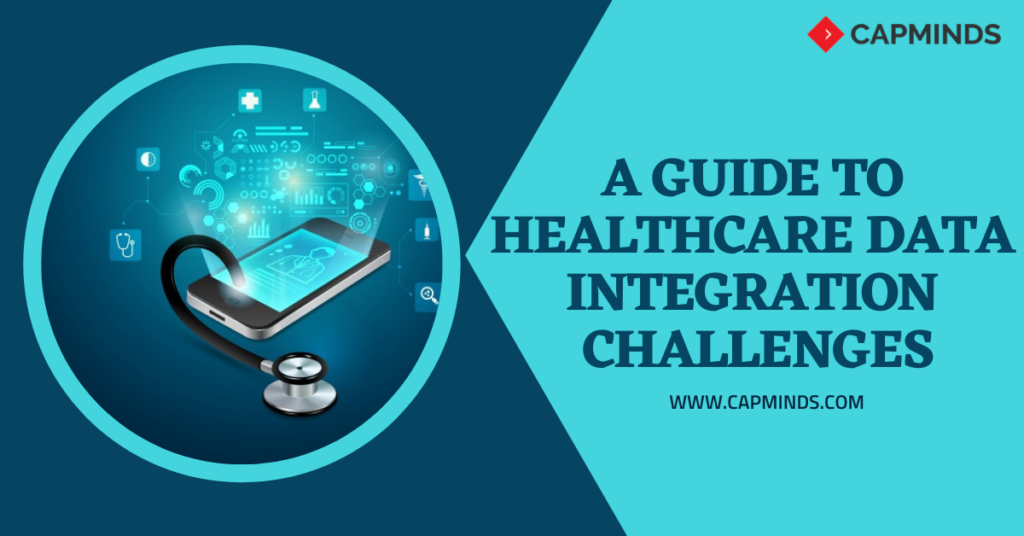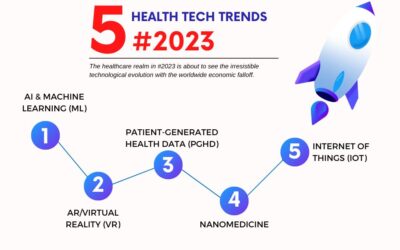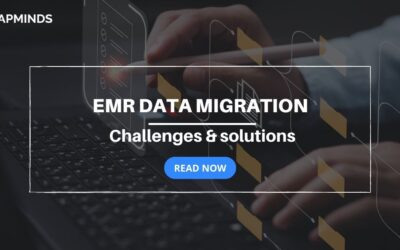A Guide To Healthcare Data Integration Challenges
The fast-growing technological changes in healthcare affect medical procedures more than ever. The healthcare providers are racing to take advantage of the wonderful opportunities presented by advanced machine learning and artificial intelligence to provide the best care on time. In that line, having a proper understanding of data integration in healthcare is very much essential. As we discussed the importance of data integration in our previous blog, here is all about the healthcare data integration challenges and why it matters?
The Need For Healthcare Data Integration
The new opportunities to collect healthcare data continue to grow in 2021 and also in the future. For example, patients are making use of healthcare wearables and other devices for timely care. Telehealth and remote patient monitoring are also gaining importance for remote care delivery. Analyzing data from this kind of tool can identify effective strategies and eliminate inadequate care.
As the healthcare data is unstructured and complex to extract, most healthcare organizations and finding it difficult to get started with. This presents the need for healthcare data integration in today’s healthcare sector.
RELATED: HEALTHCARE DATA INTEGRATION: IS IT INDEED EFFECTIVE?
Top 4 Healthcare Data Integration Challenges
Standardizing Data Formats
Healthcare information is divided, coming from different sources in different configurations. Medical services innovation should uphold pictures, messages, recordings, just as customary EMR records. Also, healthcare is known for its dated, costly, on-premises information distribution centers. These frameworks can’t “talk” to one another, nor new information sources. Without a brought together arrangement, medical services IT divisions are attempting to computerize measures, stay aware of quick changes in the commercial center, and offer merged information to leaders.
One answer for this expanding issue is to build a cloud-based solution. Building an information distribution center on the cloud enables organizations to follow a patient’s excursion progressively. Customary ETL measures take undeniably less time on the cloud, and capacity is not, at this point risky. Without these obstacles, medical services associations can purify, normalize, and portion information rapidly and without any problem.
Getting all medical services outlets ( including medical clinics, centers, specialist’s workplaces, research labs, and telehealth service providers) to receive a similar procedure may be unreachable. In any case, building up a cloud-based information solution can essentially improve information quality, while empowering medical care associations to make quick, exact choices for their patients.
Privacy & Compliance Regulations
Healthcare data privacy and compliance can become significant worries in healthcare data integration. Some medical services organizations comprehend that information ought to be secured. Information sharing can break security, and permit access from undesirable sources. Cloud computing in healthcare has been on the ascent to evade information silos.
Along these lines, it requires exacting administration to guarantee security. Information administration gives a license to data set heads. It offers admittance to explicit information at specific terms. In doing as such, you are additionally being HIPAA Compliant and permitting individuals to see and analyze the information.
HL7 Integration
HL7 interface is utilized for preparing the information in an organization that can be deciphered. This coordination methodology may make difficulties for medical care experts and programming merchants. Because of their schedules, specialists can’t work in a joint effort with a software vendor. Therefore, IT bunches face healthcare data integration challenges of excesses.
This suggests that their relationship with healthcare associations might be held up for significant stretches. IT group may think that it’s hard to gather the basic interfaces according to the HL7 norms. Besides, if the HL7 joining semantics are poor, they can misshape. Moving to another EHR may make you lose some past information, like patients’ clinical history.
RELATED: TOP 6 SECRET WAYS TO SIMPLIFY YOUR HL7 INTEGRATION
Healthcare Data Integration Processing
Since the development of cloud innovations and online media, numerous enterprises have neglected to scale. They can’t deal with information as fast as information is created. Healthcare has ostensibly more information than some other industry, and the on-premises information distribution centers utilized all things considered medical care organizations can’t equal the pace of information inundation.
Therefore, healthcare organizations miss huge experiences and ignore freedoms to improve patient consideration. Healthcare organizations are beginning to depend on cloud-based healthcare data integration solutions to overcome the challenges.
Final Thoughts
In today’s healthcare environment, understanding an individual’s health history completely and producing better patient outcomes is very much difficult as the number of healthcare data types increases. Achieving successful healthcare data integration is critical especially in the time of COVID-19. CapMinds integration services help you in the complete data integration process by integrating data across systems and governs data to ensure proper compliance.




